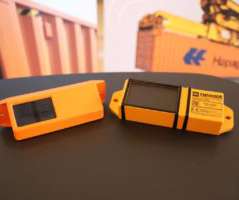Improved Supply Chain Visibility Requires an End-to-End Solutions
Logistics Viewpoints
MAY 23, 2022
Last October, over 100 ships, including 70 container ships, were waiting at anchor or in drift zones to unload at the twin ports of Los Angeles and Long Beach. China accounts for about 12% of global trade. China’s stringent COVID lockdown in critical port cities has impacted global supply chains.















Let's personalize your content